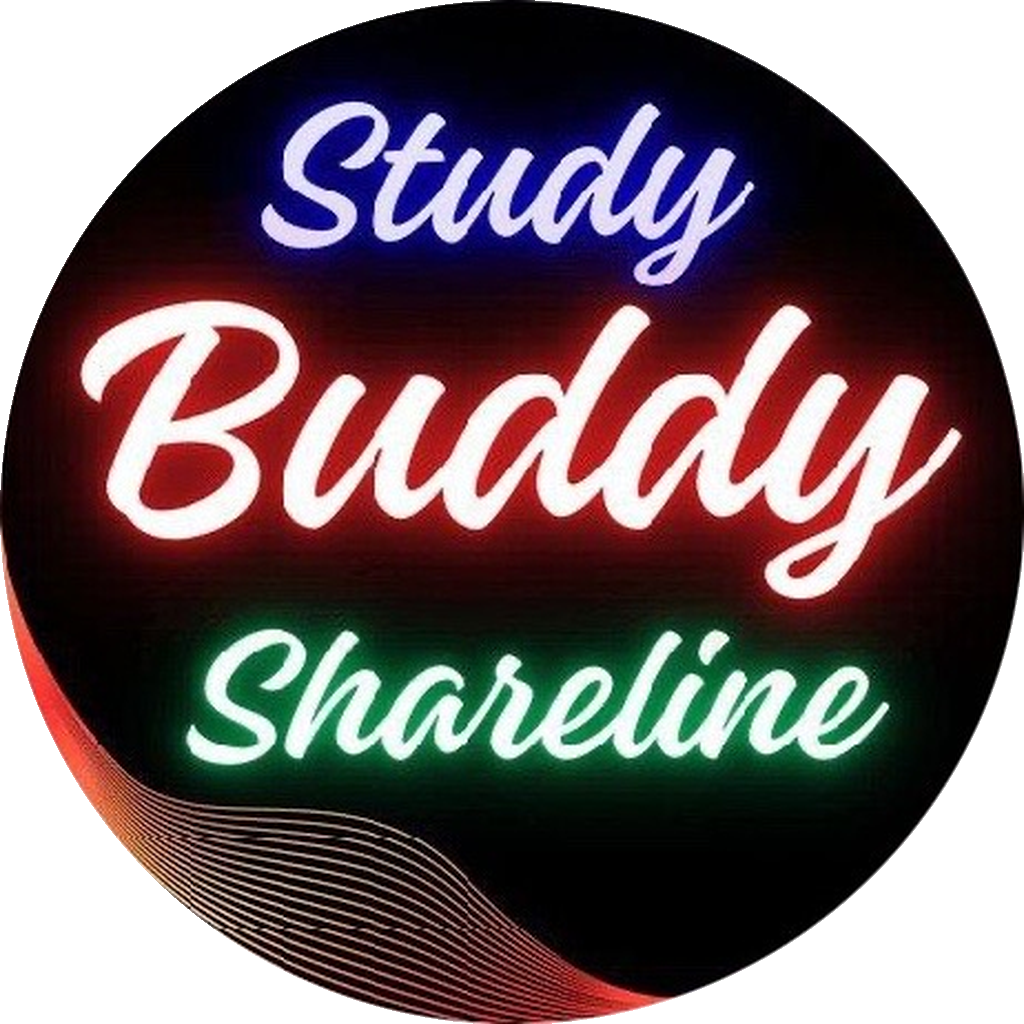Interspecific Interactions: These interactions arise from the interaction of populations of two different species. They can be: Beneficial: One or both species benefit. Detrimental: One or both species are harmed. Neutral: Neither species benefits nor is harmed. Key Types of Interactions (with symbols): Mutualism (+ +): Both species benefit...
Resource Limitation in Nature: Unlimited resources do not exist in nature for any species. Limited resources lead to competition among individuals. Only the ‘fittest’ individuals survive and reproduce (Natural Selection). Carrying Capacity (K): Carrying capacity is the maximum population size that a habitat can sustain with its available resources....
Predictable Patterns in Population Growth Population growth can follow specific and predictable patterns over time. Human population growth has raised concerns, leading to curiosity about whether animal populations exhibit similar patterns or natural restraints. Understanding these patterns can provide insights into controlling population growth. Types of Growth Models Exponential...
Definition of a Population A population consists of a group of individuals of the same species: Living in a well-defined geographical area. Sharing or competing for similar resources. Potentially interbreeding. A population may also include individuals produced through asexual reproduction for ecological studies. Examples of populations: Cormorants in a...
Population Size and Dynamics Population size for any species is not constant; it changes over time due to: Food availability. Predation pressure. Adverse weather conditions. These fluctuations in population density indicate whether a population is flourishing or declining. Factors Affecting Population Density Population density in a given habitat during...
1. Introduction to Biological Complexity Our living world is both diverse and complex, consisting of multiple levels of biological organization: Macromolecules Cells Tissues Organs Individual organisms Populations Communities Ecosystems Biomes 2. Types of Scientific Questions When studying biological processes, we can ask two main types of questions: How-Type Questions:...
Endosperm – Most monocot seeds are endospermic (e.g., maize), meaning they store food in the endosperm. However, some (e.g., orchids) are non-endospermic.Seed Coat & Fruit Wall – In cereals like maize, the seed coat is thin and fused with the fruit wall.Aleurone Layer – A protein-rich layer that separates the endosperm from the embryo.Embryo – Small and located in a groove at one end of the endosperm, consisting of:
Floral Diagram & Floral Formula
Definition Structure of a Seed A typical seed consists of two main parts: Components of the Embryo The embryo is the most vital part of the seed and is composed of: Seeds play a crucial role in plant reproduction, dispersal, and germination, ensuring the continuation of plant life.
Seed Coat – The outer protective covering of the seed, consisting of: Hilum – A scar on the seed coat where the seed was attached to the fruit.Micropyle – A small pore located above the hilum, allowing water absorption during germination.Embryo – The developing plant inside the seed, consisting of: Types of Dicot Seeds:
